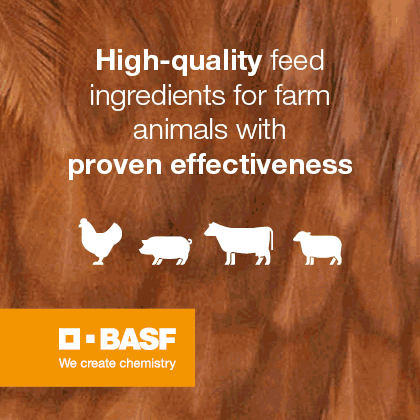07 Sep 2024
Composition of Milk: A Comparison Between the Milk of Bovine, Caprine, and Ovine Species
Milk is an essential biological liquid produced by the mammary glands of female mammals, serving as the primary source of nutrition for their offspring during the early stages of life.
The composition of milk varies between species, which affects its nutritional value and functional properties. Below is a detailed comparative analysis of the milk from three species: bovine, caprine, and ovine, covering its water content, carbohydrates, proteins, fats, vitamins, and minerals.
1.Water Water is the main component of milk, and its content varies slightly between species, playing a crucial role as a transport vehicle for other nutrients.


- Bovine Milk: Contains approximately 87% water. This high water content facilitates the dilution and transport of essential nutrients, making the milk more fluid and less viscous.
- Caprine Milk: Has around 88% water, similar to bovine milk, contributing to its high digestibility and rapid absorption.
- Ovine Milk: Presents a lower water content, about 80%, resulting in a higher concentration of total solids, which makes it denser and richer in nutrients.
2. Carbohydrates Lactose is the main carbohydrate present in the milk of all species, with its concentration remaining fairly constant regardless of breed within a species.
- Bovine Milk: Contains approximately 4.8% lactose. Lactose is crucial for the development of gut flora in neonates and serves as an energy source.
- Caprine Milk: Has a lactose content of about 4.4%. The lower lactose content compared to bovine milk may make it more suitable for individuals with lactose intolerance.
- Ovine Milk: Contains around 4.7% lactose, similar to bovine milk, providing a quick and efficient energy source.
3. Proteins The proteins in milk are primarily divided into caseins and whey proteins, playing a fundamental role in the growth and development of neonates.
-
- Bovine Milk: Contains between 3.0% and 3.5% proteins. Approximately 80% are caseins, crucial for forming curds in the stomach of neonates, facilitating gradual digestion. The remaining 20% are whey proteins, such as lactalbumin and lactoglobulin, important for immune functions.
- Caprine Milk: Has a protein content between 3.1% and 3.8%. The proteins in caprine milk have a slightly different structure, which may be more digestible for some individuals, along with a lower alpha-s1-casein content, potentially reducing allergies.
- Ovine Milk: Is the richest in proteins, with a content between 5.5% and 6.5%. This high protein concentration makes it ideal for cheese production, as it contributes to greater curd formation and yield.
4. Fat Fat globules in milk are an important energy source and provide essential fatty acids, with significant variation in their concentration between species.
-
-
- Bovine Milk: Contains between 3.5% and 4.5% fat, mainly composed of triglycerides. The fat in bovine milk has a unique mix of short- and long-chain fatty acids, essential for brain development and cellular function.
- Caprine Milk: Has a fat content between 3.5% and 4.0%. The fat globules in caprine milk are smaller and better dispersed, which may contribute to higher digestibility and lipid absorption.
- Ovine Milk: Is the richest in fat, with a content ranging between 6.0% and 8.0%. The high fat concentration not only provides a higher energy value but also contributes to its creamy texture and intense flavor, making this milk ideal for dairy products like cheese and yogurt.
-
5. Vitamins and Minerals The milk of all species is an important source of essential micronutrients, though in different concentrations.
-
- Bovine Milk: Contains a variety of minerals like calcium, potassium, phosphorus, chloride, and magnesium, vital for milk stability and bone health. Vitamins A, D, E, and K are present and play important roles in immune function and metabolism.
- Caprine Milk: Has a relatively high concentration of vitamin A and is a good source of calcium and phosphorus. Its mineral and vitamin content contributes to its high digestibility and nutritional benefits.
- Ovine Milk: Is particularly rich in calcium and phosphorus, making it excellent for bone strengthening. It also has a higher concentration of vitamin D, essential for calcium absorption and immune system health.
| Component | Bovine Milk (%) | Caprine Milk (%) | Ovine Milk (%) |
|---|---|---|---|
| Water | 87.00 | 88.00 | 80.00 |
| Total Solids | 13.00 | 12.00 | 20.00 |
| Lactose | 4.80 | 4.40 | 4.70 |
| Protein | 3.20 | 3.40 | 6.00 |
| Fat | 3.70 | 3.80 | 7.00 |
| Vitamins and Minerals | 1.30 | 0.80 | 2.30 |
Referencias:
OCU
